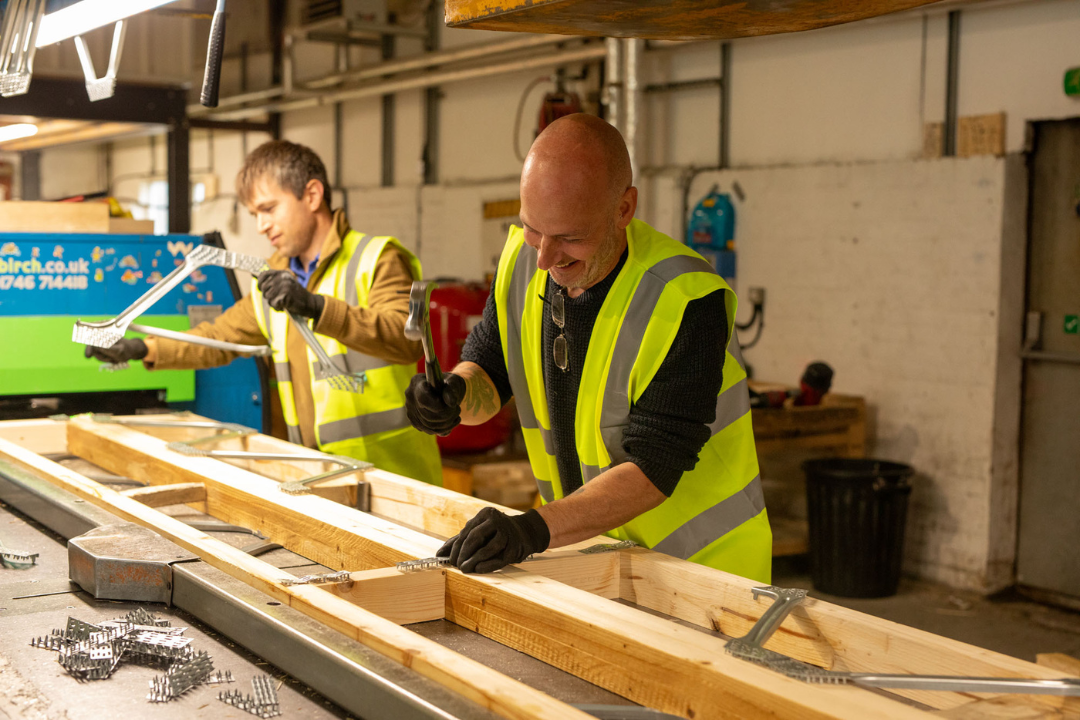
What are Joist Hangers?
Share
Have you had cause to ask the question “what are joist hangers?”
In the most general of senses joists hangers are used in the construction industry to anchor wooden joists.
We are of the opinion that the less points of connection you have in your roof or floor project means less opportunity for failure. And this is why we recommend build into the main structure.
However, it isn’t always possible to do this and that is where joist hangers are indispensable.
Joist hangers explained
A joist hanger is a small device made of durable metal, which offer a cost effective solution to connecting to a support where a traditional bottom chord support method is not available. This can be when connecting to another joist or steel without creating a step in the floor or ceiling or fixing a masonry hanger into an existing wall rather than cutting into it.
Some of the primary benefits of joist hangers include:
- Fast speed of working
- Reliability of fixing
- Simple to achieve using just joist hangers and nails
- No need to drill or cut
However, perhaps the biggest benefit of joist hangers is stability. Hangers are engineered and rigorously tested by engineers with clear stated capacities when used in differing scenarios providing peace of mind that your project will stand the test of time.
Types of joist hangers
There are many different types of joist hangers available, depending on the type of project you’re working on, and your own needs. Some of the most popular types of joist hangers today include:
- Face fix hangers for connecting to a solid timber header / timber packed steel etc.
- Metalweb specific hangers relying on connecting to only the top and bottom chord of a metalweb joist avoiding the necessity to create a solid header.
- Masonry hangers.
- Skewed hangers to fix to an angled support.
Choosing the right joist hangers
It’s important to ensure that you choose the most appropriate joist hangers for your project. We’ve heard of DIY-ers purchasing the incorrect hangers and getting creative by bending them or cutting them to achieve the desired effect… and we don’t recommend it! Full marks for improvisation – but adjusting hangers which aren’t designed to be adjusted can at best result in a poor quality project, and at worst could be catastrophic.
There are three main factors to consider when choosing joist hangers, in addition to type:
- Angle: There are both straight 90-degree hangers, and angled hangers for fixing onto an angled support.
- Size: Joist hanger should be specified to suit the width and depth of the joists and the type of support.
- Load: Different hangers have different capacities so it is important to specify a hanger that is up to the job.
Enhance your project’s durability
Even if you consider yourself to be a bit of a traditionalist, it can’t be denied that joist hangers can often provide an easy answer to what would otherwise be a tricky support condition.
We have just provided in this article a brief overview of how we see and use joist hangers. We know some of our clients like to have a basic understanding of what’s going on.
Naturally we recommend that you get in touch with us about your specific project and if it’s thought that joist hangers are the most suitable option then we have a wide range available.



